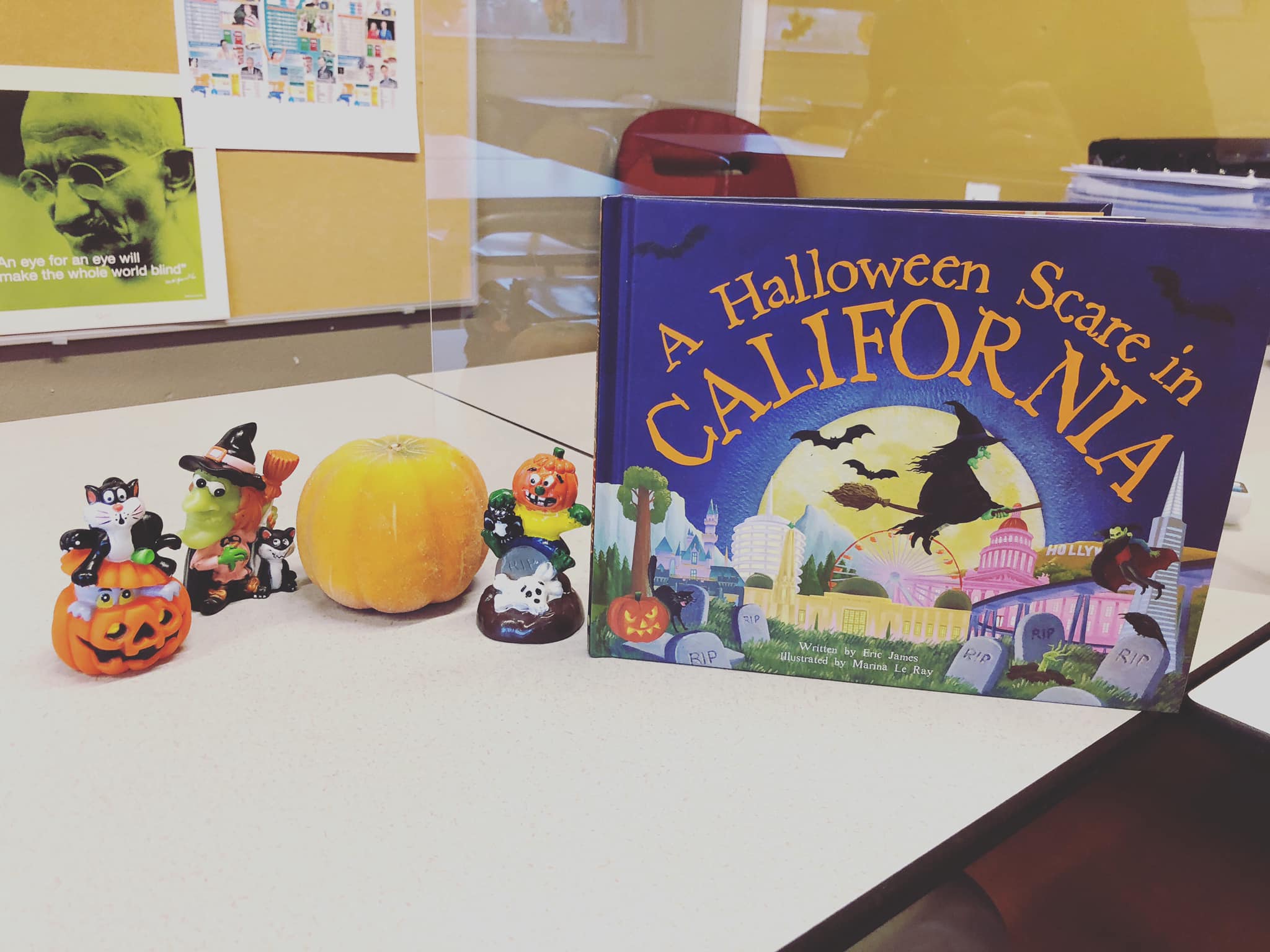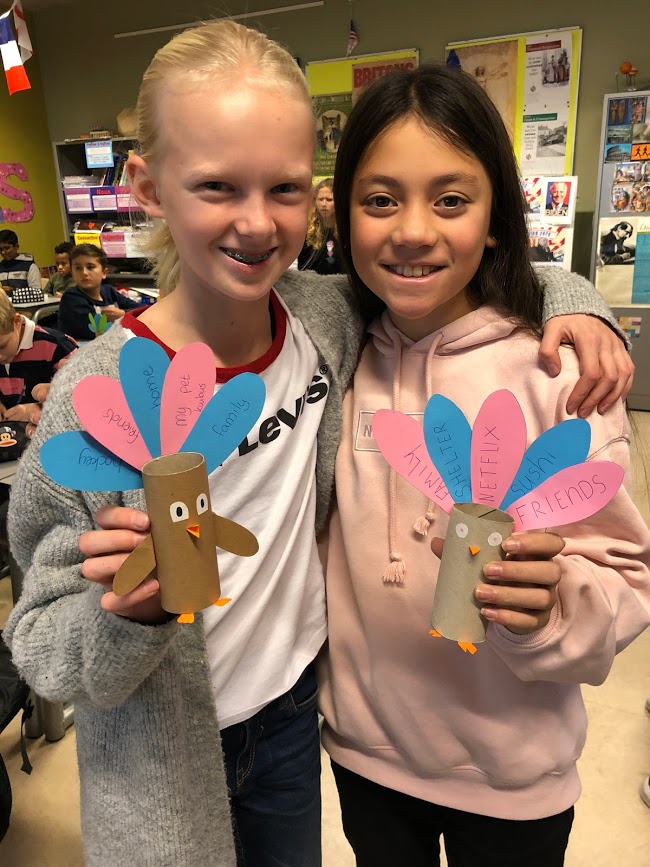Using Culture to Teach Language
Language learning is always a fun adventure to embark on. New words, different sounds, strange grammar rules – there are so many quirks you discover when learning a language. As someone who has lived in five different countries and can speak almost four languages (I promise that “almost” will end soon for you Dutch) I love to bring all my experiences into my profession as an educator. A majority of my personal stories touch upon a cultural reference of a country I was living in or visiting. The students sit on the edge of their seats to know more and soon we are all sharing experiences in the target language – in this case – English.
“Learning the grammar rules and pronunciation of a new language is just the surface – we should also be teaching our pupils the customs and values to better understand the world around them as well.”
My method is not to only connect to my pupils and for us to get to know each other more but this approach also brings a vital pillar to learning a language – learning about the language’s culture. Learning the grammar rules and pronunciation of a new language is just the surface – we should also be teaching our pupils the customs and values to better understand the world around them.
 I teach at a Dutch bilingual school with over 200 new students each year. They have just left primary school and at their new school will be learning all of their subjects in English! It is an exciting time for everyone involved and I aspire to make that first year of contact with English as a subject memorable and insightful for them.
I teach at a Dutch bilingual school with over 200 new students each year. They have just left primary school and at their new school will be learning all of their subjects in English! It is an exciting time for everyone involved and I aspire to make that first year of contact with English as a subject memorable and insightful for them.
As an American, I bring a lot of the culture of the United States to my lessons. When it’s Halloween we discuss what Halloween means to them, to myself and we also read about the origins of Halloween. Two lessons later my students have written a spooky story using all the vocabulary learned and are writing Haiku poems related to the topic as well. Not only have I managed to teach them new English vocabulary and a new text type but also they’ve developed the awareness of the holiday’s origins as well. With Thanksgiving I use a similar approach, but connect it to their creativity. Students draw a turkey with five feathers, five things they are grateful for – a moment of reflection – and something physical to take home and discuss with their family.
Additionally, Literature is a great way to explore culture as well. Books can be both authentic and stereotypical reflections of culture. This can lead to fantastic discussions about what is true or exaggerated. Recently, I read a book with my learners where the narrator lived in San Francisco and ate many dishes students did not recognize: sloppy joes, corndogs, risotto, coq au vin and moo goo gai pan. Soon students were working in groups creating posters that
explained the origins of the dishes and the recipes. Some even tried to make them at home. In the end, students presented their findings with their poster to the class.

Not only should we recognize the culture of the target language but we need to tap into the learners’ culture. Discussing pupils’ culture in the target language teaches them vocabulary they will need to be able to talk about their culture to, in this case, English (native) speakers. Dutch Christmas is very unique so during my lessons we exchange stories about how it is celebrated, here in The Netherlands. Soon they find out they don’t know all the words in the target language to be able to explain it. Together we compile a list of vocab deemed relevant and soon enough our learners have created a picture dictionary of Dutch Christmas terminology, in English – the target language.
“We are constantly surrounded by culture and language – the content is out there, we just need to bring it into our classroom.”
Language is always a rich system full of continuous opportunities to discover and experiment with the language but I believe what gives it an extra layer of better understanding is including culture.
So what are you waiting for? Give it a try. Your culture, your students’ cultures – the content is already there, we just need to bring it into our classroom.
Global Learning Activity Cards – Chinese and Hispanic Culture
Explore a range of additional activities linked to Chinese and Hispanic culture with our ever-growing range of fun, cross curricular activities for all ages, from Prep to High School. From cooking, to arts and crafts, there are activities for everyone!
21 April 2020 | Written by Lisabete Ferreira







